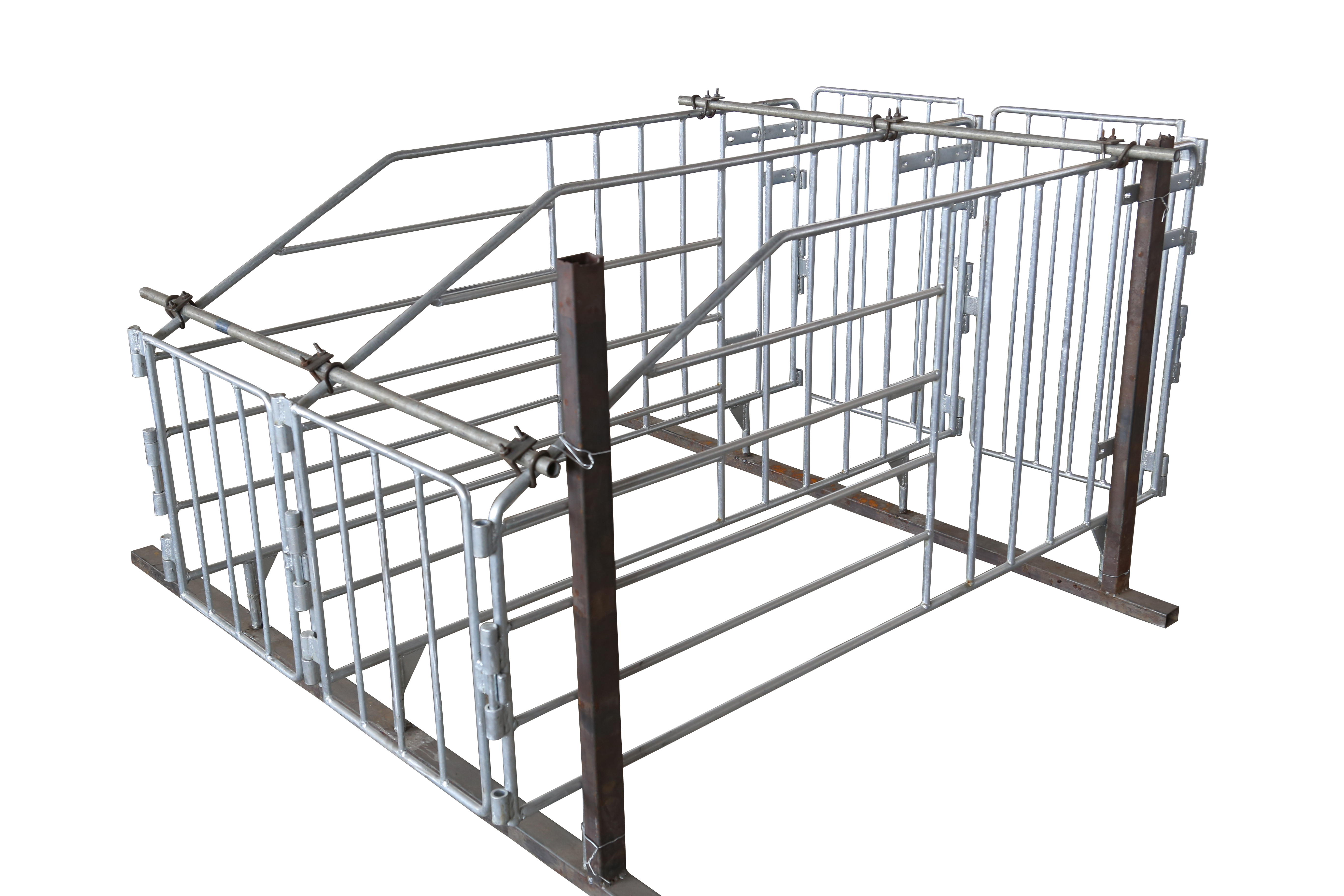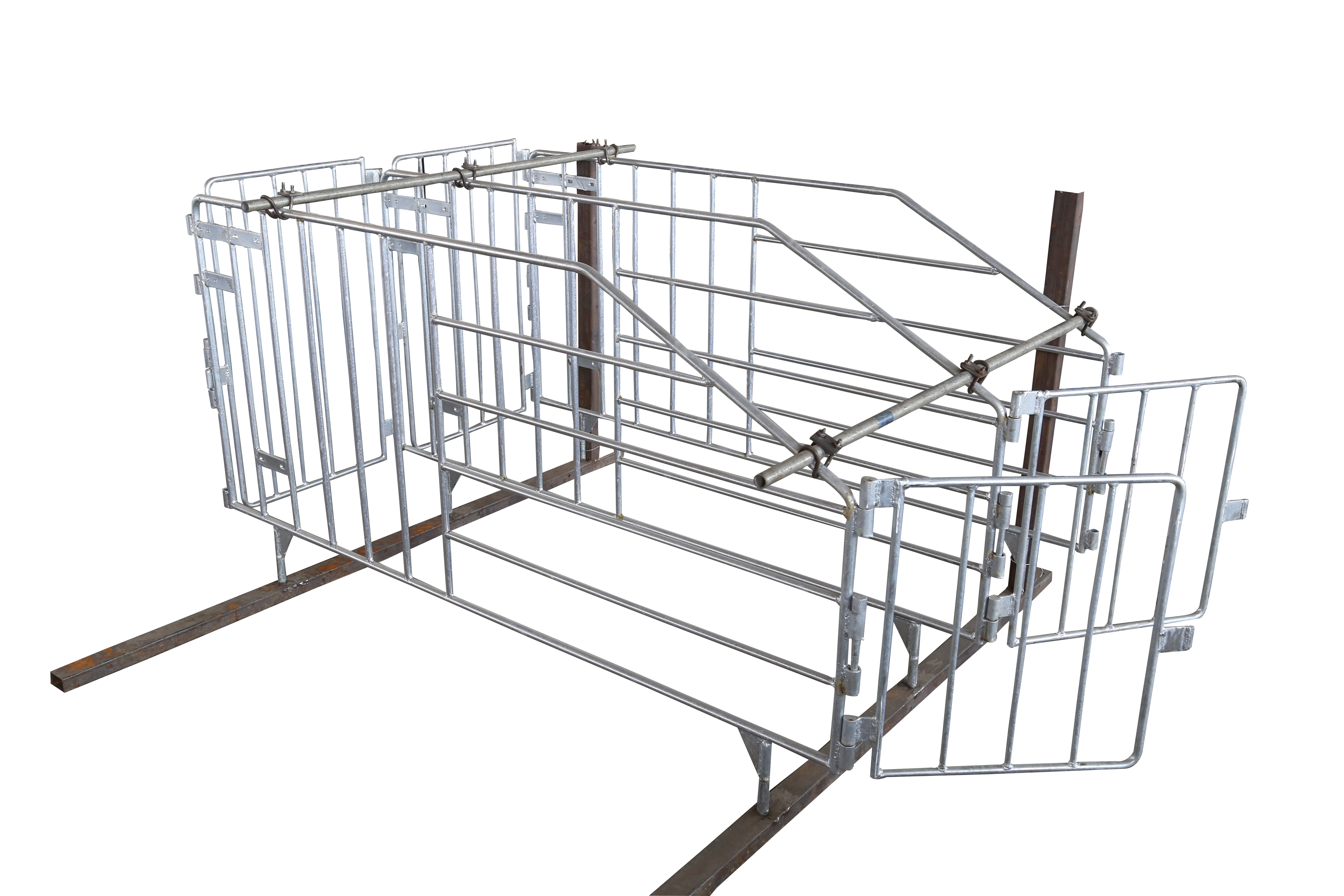First, spring spinach. The key to spring spinach cultivation is to fight for early sowing and prevent early seizures. 2, soaking seed germination: In order to accelerate seedlings, seeds soaked with cold water for 12-24 hours before sowing, and use a bamboo broom to poke up and down, pierce the peel, remove and put under 15-20 °C germination (seed shop thickness is about 15 In centimeters, cover the wet sacks to keep them moist. After 3-5 days, expose the radicles and sow. 3. Seeding: sowing can be done when the average daily temperature reaches 4-5°C. The base fertilizer was applied and sowed by wet sowing. The seeding rate per acre was 5-6 kg. 4, field management: early management to protect the main, less light irrigation, to prevent the temperature is too low. After 2-3 true leaves, the plants enter a vigorous growth period, and the water and fertilizers must keep up to prevent premature seizures. Second, summer spinach 1. Selecting germination: Use varieties such as round leaf spinach or big leaf spinach that are more heat-resistant, easier to germinate, and more resistant to disease. Seed soaking in the shell for 12-24 hours, then placed in a well or placed in a freezer at 2-4°C for low temperature germination. Can also be soaked in the booth after the budding in the cool place (pay attention to rinse with water once a day, wash away mucus to prevent mildew), often flip, keep moist, usually by 4-5 days to germinate sowing. 2, appropriate sowing: generally in mid-May to early June sowing is more appropriate. The seeding rate in the high temperature period should be appropriately increased to 10-15 kg per mu. In order to make it easier for the seeds to be unearthed one after another, and successively harvested to extend the period of supply, it is also possible to use two wet seeds of seed germination and one dry seed for uniform mixing. Select well-drained sandy loam before sowing, then combine ploughing and applying base fertilizer (1500-2000 kg of quality manure per acre). The day before planting, dig trenches and build rakes, usually 2 meters wide, pouring enough water, and pour water 1 time before and after emergence. 3, fine management. The spinach planted before the "White Dew" was best covered with water and grass after sowing, and the conditions were also suitable for scaffolding and shade, and the covering was removed after emergence. During the growth period and after each harvest of spinach, the decomposed and diluted manure water shall be chase in time, adhere to small fertilizer and heavy water, and be poured carefully to keep the soil moist. During the rainy season, we must also reduce humidity and prevent disease. Three, autumn spinach 1. Determine the appropriate sowing date: Autumn spinach is generally sown in early August and harvested from October to November. The yield per mu can reach 2000 kg. According to the local climate and fertility, the seeding period can be controlled flexibly. If sowing is too early, the plants are prone to overgrowth and premature aging; when sowing is too late, the plants are not big enough and economic efficiency is poor. 2, and time seedling weeding: when sowing can be 10-15 cm distance broadcast, but also broadcast. When 2-3 leaves emerge, 1 seedling, seedling distance 4-6 cm, the density should be appropriate, which is conducive to the growth of individual plants and increase the yield. 3. Strengthen fertilizer and water management: Spinach needs more nitrogen fertilizer, but it should also be used in combination with phosphorus and potassium fertilizers. Before planting, when planting soil, 2000-3000 kilograms of dry manure will be used as base fertilizer. After fertilization, top dressing will be applied once. Kilograms; when the plants grow to 5-6 leaves for the second fertilization, Mushi applies 20 kg of nitrogen fertilizer, 100 kg of plant ash, watering after top dressing, watering once every 6-7 days during drought, and falling with temperature in late October. Watering time is longer, the amount of water should not be too large. 4, timely harvest: spinach harvest period can be based on growth and market demand flexibility. Four, winter spinach 1, Shizujifei: Longer growth period of winter spinach, in order to prevent defermenting, basal must be sufficient. Generally, all organic fertilizers, phosphorus and potash fertilizers can be applied in one go, and then soil preparation can be used. 2. Pre-winter nitrogen control: The standard of fertilizer and water management before winter is to ensure that spinach grows 4-5 true leaves before winter and enhances the ability of spinach to resist cold. Too large or too small are susceptible to freezing injury. Therefore, if the sowing date is appropriate and the basal fertilizer is adequate, the amount of nitrogenous fertilizer should be appropriately controlled before going through the winter to prevent the seedlings from becoming leggy and suffer from freezing damage due to less accumulated dry matter. If the planting is too late or the soil is insufficient, consider applying nitrogen fertilizer in an appropriate amount. Promote the growth of seedlings and ensure that spinach will pass through the winter at the appropriate age. 3, return to green fertilizer: After the winter of spinach returns to green after the management of fertilizer and water, should seize the opportunity to timely fertilizer. The topdressing lot is applied along with the watering, and it is generally applied twice in the middle and late March and early April. Top dressing is too early and the ground temperature is low, affecting the slow seedling growth. If the top dressing is too late, the fertility will be insufficient and it will delay the growth of spinach. In short, top dressing after winter, must be carried out before the spinach convulsions, so that the spinach can cause delayed flowering, which will help improve the yield and quality of spinach. 4. Use ammonia nitrogen fertilizer with caution. Spinach is sensitive to ammonia nitrogen. The growing season of overwintering spinach coincides with autumn and winter and winter and spring. Soil temperature is low, and soil nitrification is weak. Therefore, it is best to use caution or not.
The Solid Rod Gestation Stalls are made of high-quality stainless steel solid rod, which is his advantage. One of the biggest features of The solid rod gestation stalls is that it is very easy and convenient to clean up because the bottom of the solid rod gestation stalls is equipped with a movable slats flooring which allows the slats flooring to be moved and cleaned. Separated from the outside world is the use of convenient removal and replacement of PVC board, in the convenience of use while saving costs. In order to ensure the smooth finish of the solid rod gestation stalls, the surface of the solid rod gestation stalls can be painted or hot-dip galvanized according to customer requirements. To avoid any damage to pigs, The solid rod gestation stalls have rounded and smooth edges. We promise that our solid rod gestation stalls are rugged and can last for 15-20 years. In addition, the size and technology of the products can be changed according to the needs of the customers. At the same time, we can also produce according to the buyer's special requirements or according to the drawings provided by the buyer.
Solid Rod Gestation Stalls Solid Rod Gestation Stalls,Stainless Steel Solid Rod Gestation Stalls,Galvanized Solid Rod Gestation Stalls,Solid Rod Pig Gestation Stalls,Gestation Stall HuangHua FengYi Honde Metal Factory , https://www.farrowingcratesfromchina.com
1, select varieties: spring spinach should pick the late spinach spinach. 

Spinach Four Seasons Cultivation
